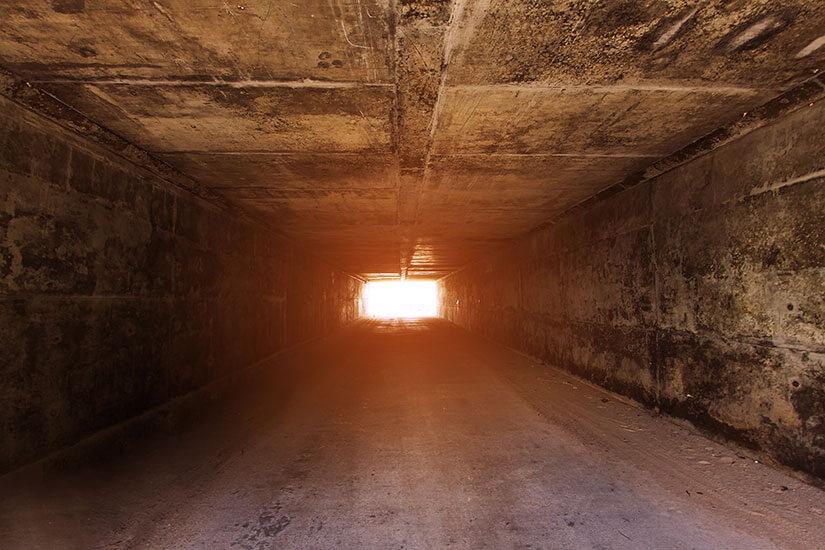Follow These Procedures When Entering A Confined Space
Follow These Procedures When Entering A Confined Space
August 4, 2022 |
Before entering a confined space, a series of critical protocols and safety measures must be followed. Managers, support personnel, and entry workers of a confined space rescue team must all be familiar with the risks and intricacies of the confined area. To guarantee worker safety, the appropriate confine space safety equipment must also be supplied. If you’re looking to understand the essential confined space entry procedures, read on to learn about the eight key steps to follow!
Do a Thorough Risk Assessment
First and foremost, a comprehensive risk analysis has to be completed before starting any confined space work. It’s crucial to identify all dangers and review all relevant methodologies. This may be done in a number of ways, such as using a Job Hazard Analysis or a Safe Work Method Statement. The development of emergency response plans is essential, as is assessing the workers’ proficiency in handling the environment and emergency rescue equipment.
Put Up Warning Signages and Barricades
To reduce administrative risks, cautionary signages should be put up to keep out people who are not involved in the operation. The area should also be walled off to grant access only to permitted workers and support personnel.
Isolate All Hazards
Some of the threats identified during the risk assessment stage are pollutants that enter a confined space through connectors like sewers, ducts, or service pipes. The separation of hazards entails locking, shutting, and blanking the isolation point. This might require closing off an entry valve or expelling any thermal, chemical, or electrical energy that has been accumulated. The hazard has to be contained and secured at the entryway until everyone has exited the confined area.
Purge, Ventilate, and Clean
These three techniques rid the confined space of any harmful pollutants by diluting or displacing toxic gases, maintaining a healthy oxygen level, and preventing the accumulation of hazardous gases or substances.
Purging removes impurities from the confined area, and ventilation continuously circulates clean air through a room via natural, induced, or motorized methods. Cleaning should be done from the exterior of a confined space where possible, though it may be necessary to enter to finish the job.
Test and Monitor the Atmosphere
The atmosphere of the access points and environment outside the confined space has to be checked before entry and examined right away once inside. It’s crucial to make sure that any dangerous combustible gases, fumes, or vapors are only present in under 5% concentrations of their LEL.
Complete the Entry Permit
An official entrance permit must be filled out to make sure a safe work system is in operation and that there’s a channel of communication between managers and workers. The permit must outline the personnel who are allowed access, the duration of the intended job, and the safety precautions that will be taken. Space must also be allocated for signature confirmation that the job has been finished and everyone has exited the confined area.
Prepare a Rescue and Emergency Plan
The rescue and emergency plan is the final essential document needed before going into a confined space. Given that the environment and conditions might change fast, this plan should be adaptive. Confined space rescue teams should practice their techniques and continuously improve to ensure they become the best emergency response teams they can be.
